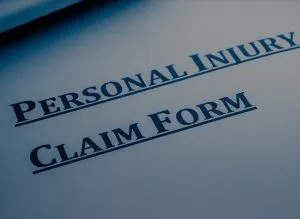Georgia deer hunting season is in full swing, which inadvertently tends to lead to an increase in the number of deer near and on roadways. In fact, studies rank November as the worst month for deer-related automobile accidents. Compared to February-August, one’s chances of hitting a deer are three times higher in November. More deer-automobile accidents occur in the fall season than any other season, so it is especially important to be aware of them on the roads as the holidays draw nearer.
The Insurance Institute for Highway Safety reports well over 1 million deer-automobile accidents every year, resulting in approximately 150 human deaths and around $1 billion in vehicle damage. In the south, deer are the most common large animal that strays into roadways – but northern areas of the U.S. also experience moose and elk accidents. Regardless of what type of animal is most common in your area, it is important to keep certain safety guidelines in mind while operating a vehicle during peak deer-movement times.
Driving at night or early in the morning can make deer especially difficult to see, so staying alert for reflective eyes or movement on the sides of roadways and interstates is important when it is darker outside. Even when traveling on busy Georgia interstates, deer have been known to leap over guardrails or dividers and end up in the roadway before drivers have a chance to fully react. Interstate speeds make navigating this type of situation particularly problematic, as stopping or swerving to avoid a large animal can lead to serious accidents just as much as hitting the animal. Here are a few deer-related insights that may help you avoid a deer-related vehicle crash:
- Deer travel in packs – so where there’s one, there are likely more nearby.
- Deer are most lively at dawn and dusk – during the times they are most difficult to see.
- Wearing a seatbelt is crucial – they can help to minimize injuries if hitting a deer is unavoidable.
- “Deer Crossing signs exist for a reason – always pay attention and slow the speed of your vehicle when in a highly active deer area.
- Avoid swerving if you see a deer – while you should brake decisively, swerving often results in the loss of control of a vehicle. Sometimes deer may even run in the same direction that you are swerving.
- Travel in the center lane of traffic when on a multi-lane road – this allows the best chance of avoiding deer because it gives the animals space and the driver more time to react after spotting them.
- Utilize your horn to help startle deer – deer are basically red-green color blind, so making sounds can help them avoid dangerous areas like roadways.
Just because the likelihood of being involved in a deer-vehicle crash is higher this month does not mean you are at high risk. Following these simple steps and avoiding distracted driving and speeding can many times prevent a crash.


